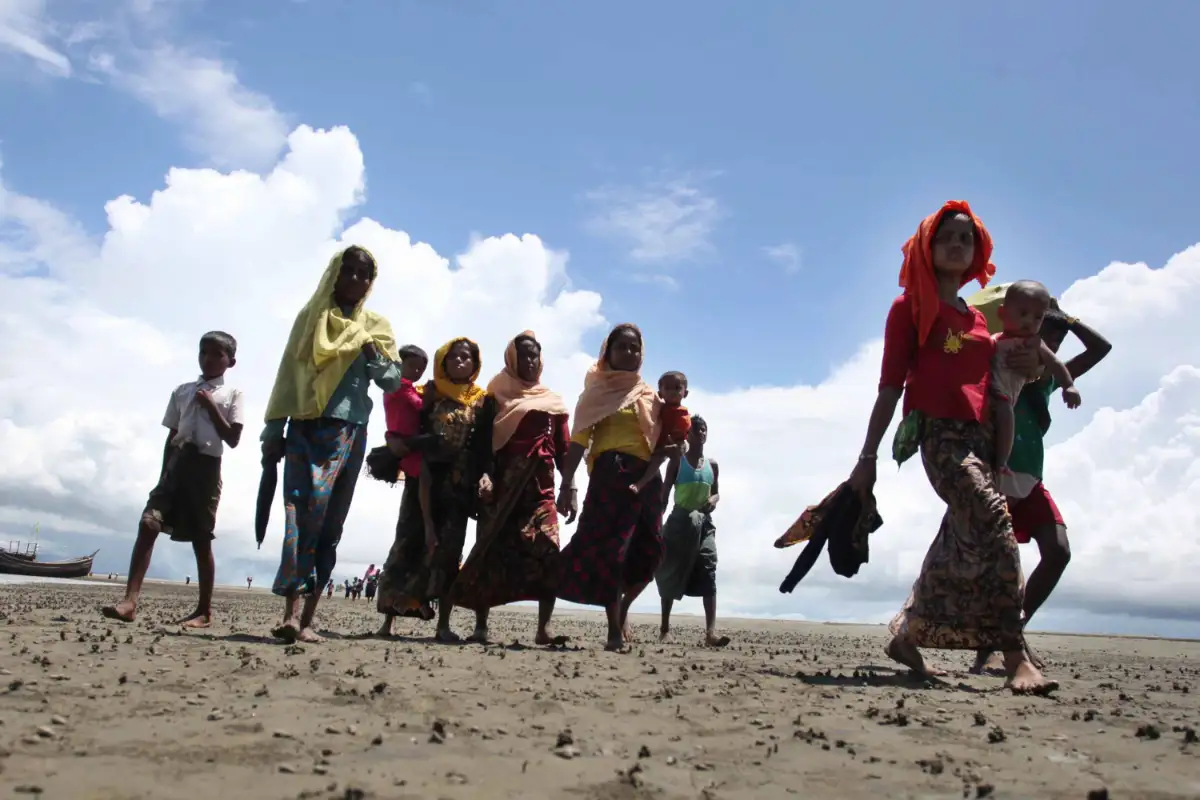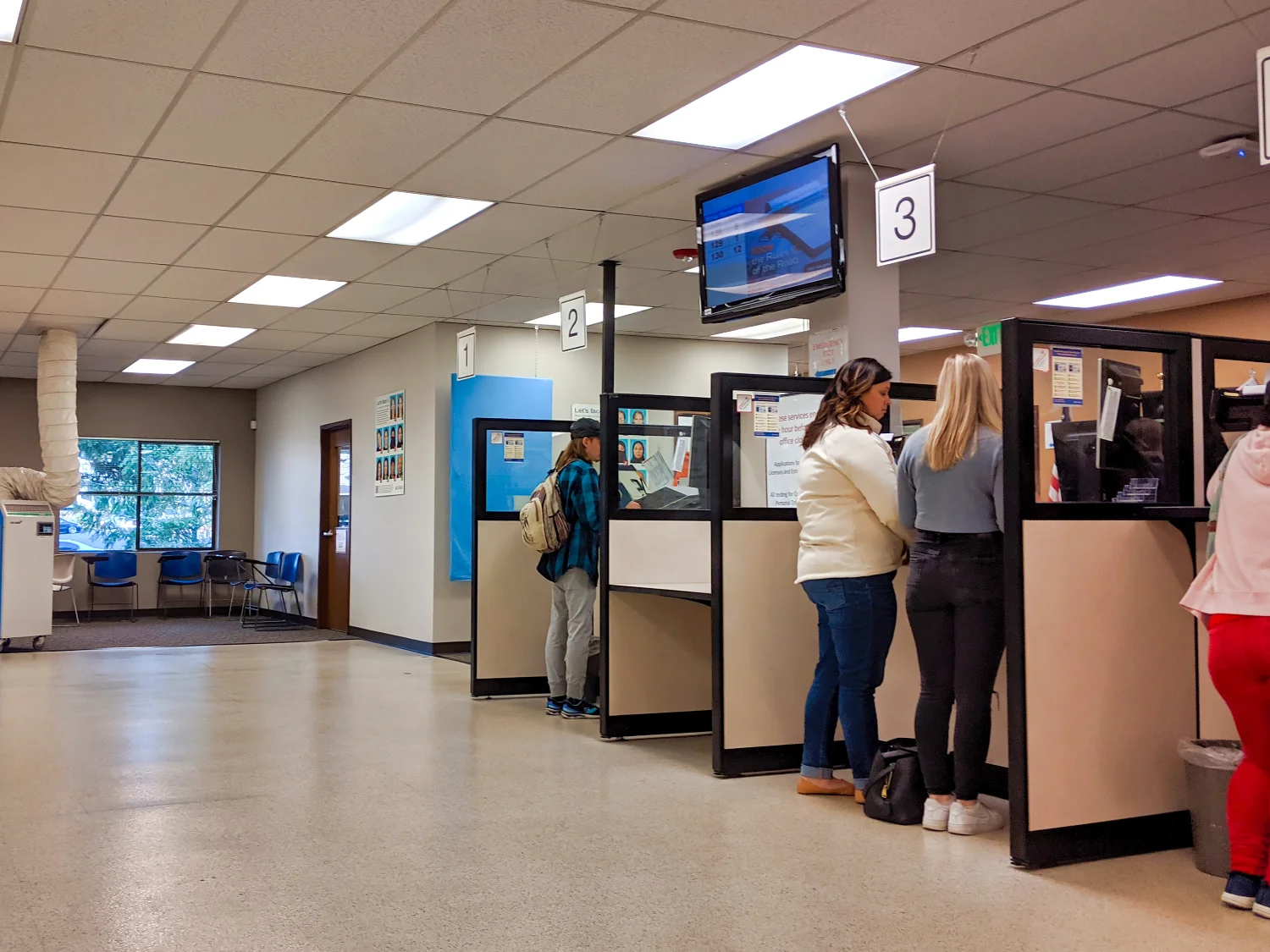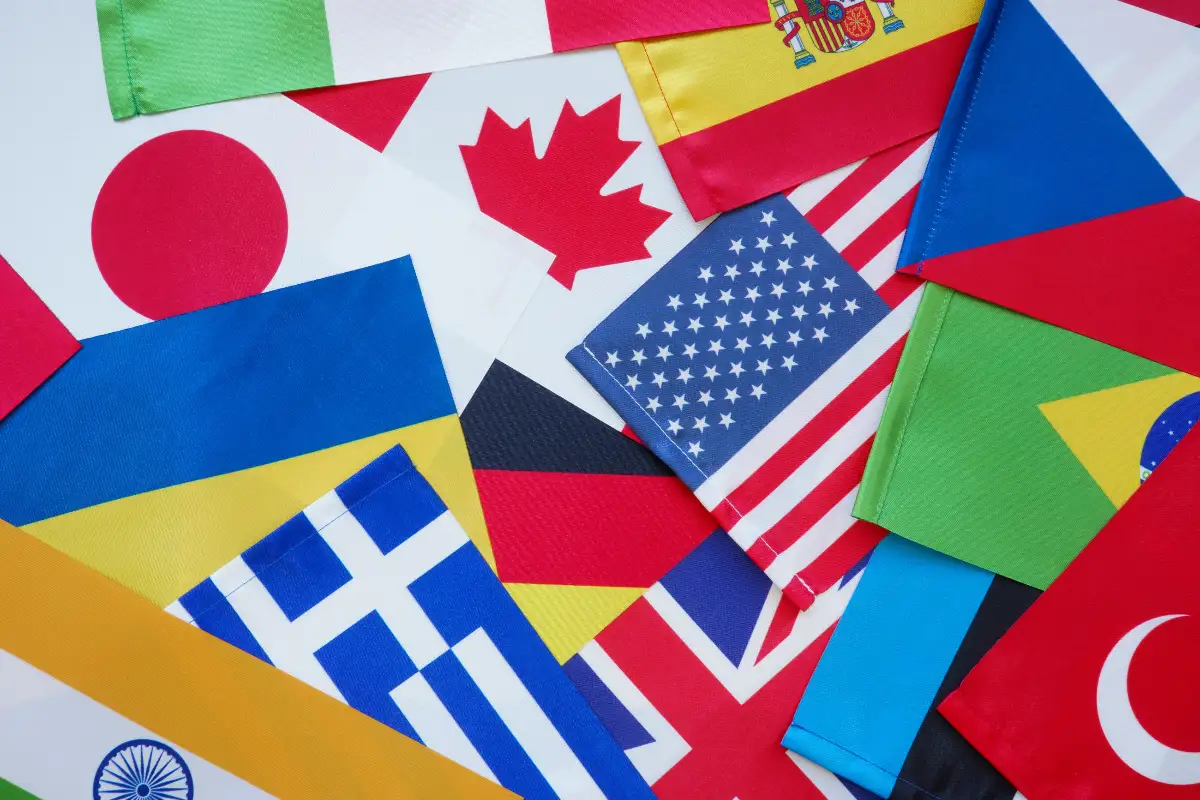Several Asian nations have witnessed a significant increase in migration flows, driven by a combination of economic, social, and environmental factors. Developing countries are experiencing a reshaping of their labor dynamics, while the opportunities and challenges of migration are becoming increasingly evident. Authorities have begun reviewing and adapting their policies to respond to this new reality, seeking to balance labor demand with the protection of migrants’ rights.
This phenomenon has led to significant transformations in labor markets and demographic structures across various regions. The rise in migration has fostered the creation of new communities, encouraging cultural exchange and skill diversification. However, it has also sparked tensions over job competition and resource allocation, prompting some governments to tighten controls and implement restrictive measures.
International analysts emphasize that migration in Asia can serve as both a driver of development and a challenge to social cohesion. The key lies in establishing regulatory frameworks that enable orderly migration and promote migrant integration into society. Regional cooperation and the exchange of best practices are essential to turning this challenge into an opportunity for shared and sustainable growth.



